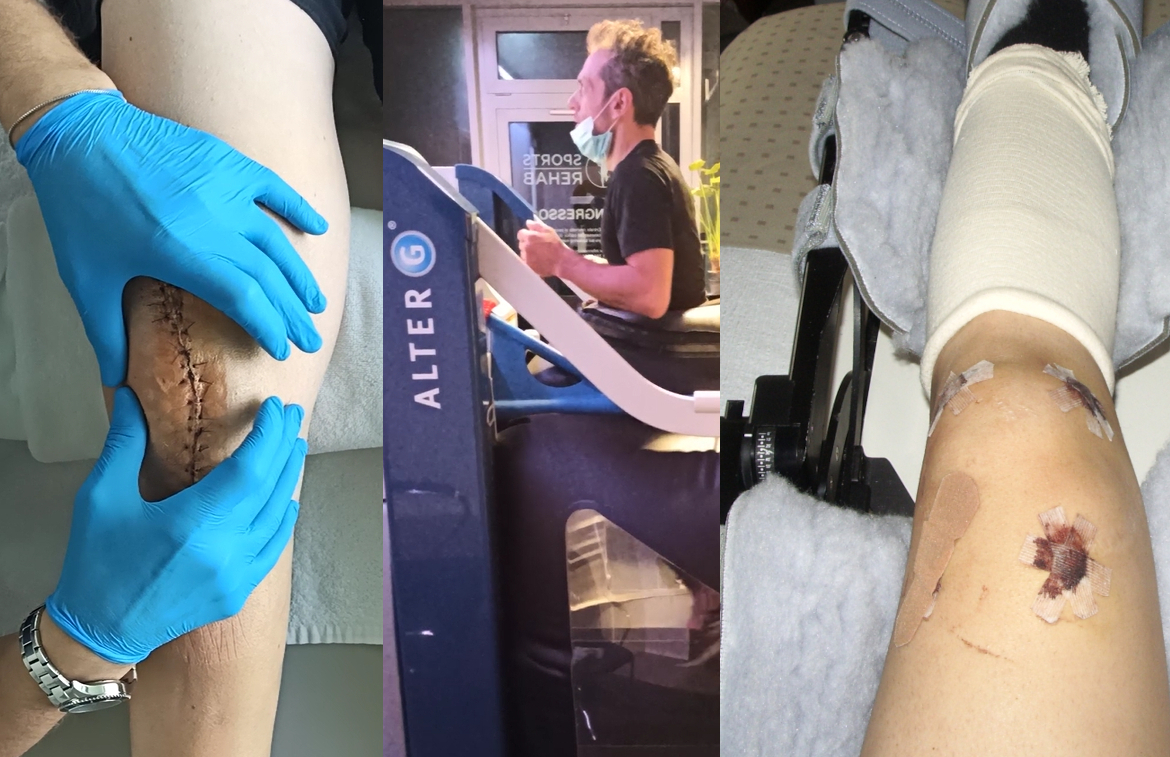
Physical Therapy
The basic principle of arthrofibrosis' rehabilitation is: “first, do no further harm”.
Specialized approaches are therefore important to reduce the risk of further activation of fibrotic proliferation, particularly when other aggressive surgical or physiotherapeutic treatments may cause worsening of the disease.
Our multidisciplinary specialist team includes professionals from the areas of physiotherapy, surgery, rheumatology, nutrition and psychology.
Treatments may include a pharmacological approach combined with gradual exercise for load exposure, passive stretching, manual therapy, the use of special rehabilitation devices for range of motion (ROM) and/ or gain of muscle mass without overloading the pathological joint, psychological support, etc. with the surgical option as a last option. Other key approaches include good sleep, anti-inflammatory nutrition and supplementation, and strategies for psychological support related to disease-induced distress.
The rehabilitation of arthrofibrosis is based on a few principles:
- do not force the improvement, we try to intervene little and often in order to try to regain the overall ROM of the joint and at the same time minimize cellular damage and inflammation
- post-operative or post-injury physiotherapy is never aggressive; it is important to educate patients in not overcoming pain. The physiotherapist must listen to the patient's feedback and adapt the protocol to what the joint is able to tolerate
- the first post-operative goal is recover homeostasis and knee extension, only then will we focus on the recovery of flexion without forcing excessively (minimizing cellular damage and inflammation) and then on the recovery of muscle mass
- it is important to use crutches for at least 6 weeks after surgery, then carefully increase weight bearing: it is essential to minimize damage to the fat pad and to progress cautiously in joint weight bearing
- the postoperative use of CPM crucial, up to 8-12 hours a day, sometimes even during the night, to limit - as far as possible - the formation of adhesions and fibrosis
- blood flow restriction (BFR) can only be used after the joint has recovered, and with extreme caution, as hypoxia can re-stimulate myofibroblast activity.